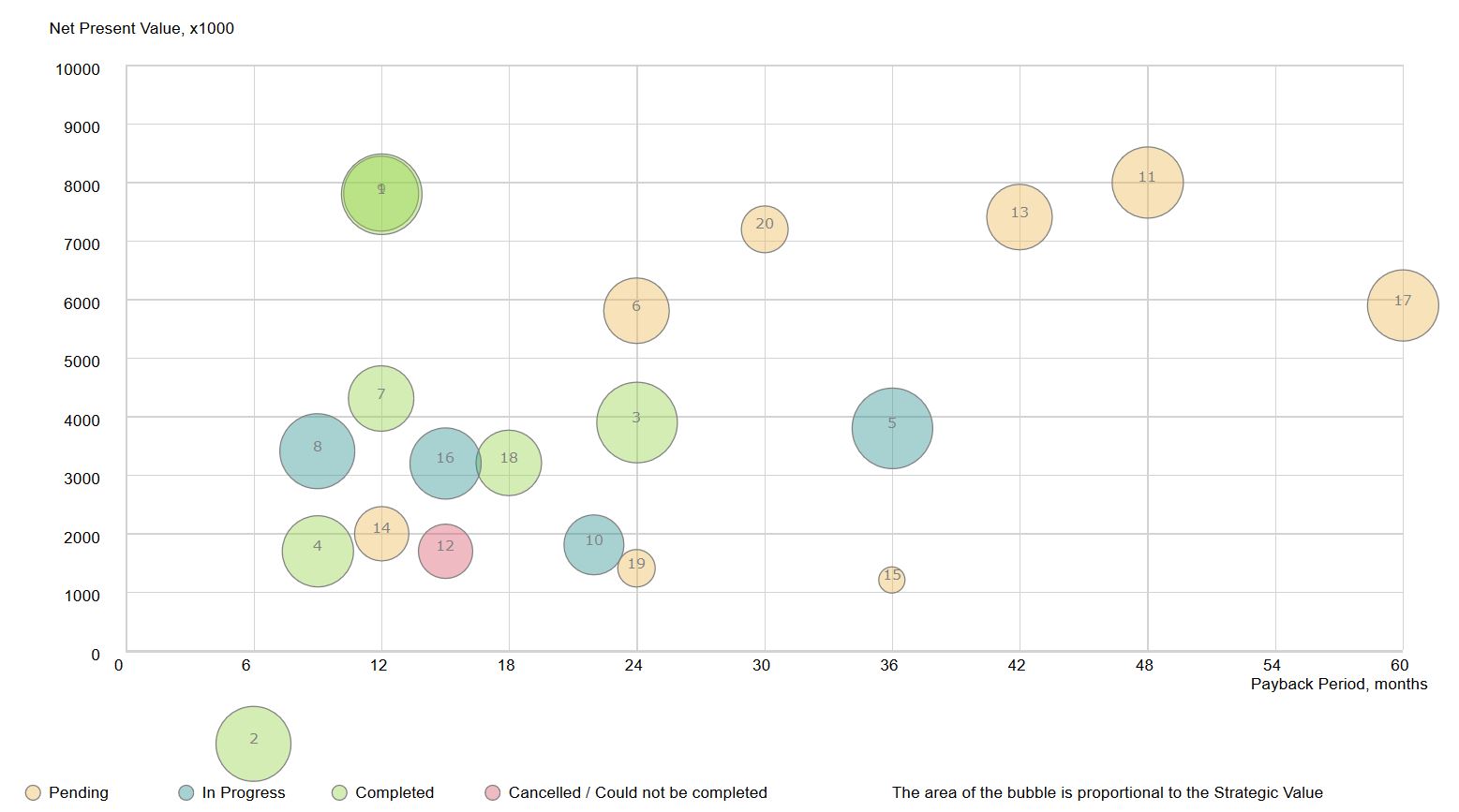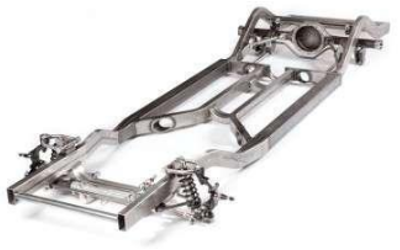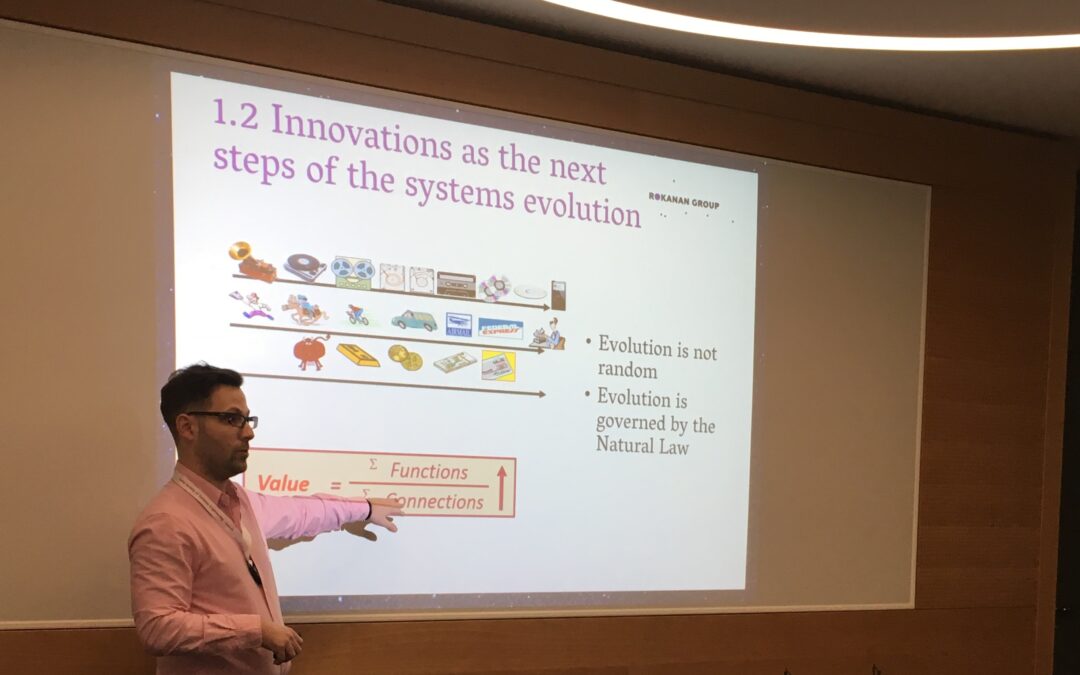Knowledge HUB
Beacuse we belive that sharing the knowledge is the best way to innovate
How to maximize value of your product portfolio
In this article I discuss the typical challenges of a person in charge of a product or service portfolio and help point out ways to deal with these challenges. A product portfolio is an offering that includes more than one product/service or a multi-module product that multiple teams are working on at the same time.
The most common problems related to product portfolio management and how to deal with them
The following list is not exhaustive, these are the challenges I have personally encountered as a Product Director, the ones that most often come up in conversations with other Product Directors within the PDMA community, and those I found in the professional literature.
Thank you for reading.
Too many projects
The most common problem is an overabundance of initiatives. The result is pervasive delays, the management board frustration at the lack of progress, while the team feels overworked and burned out.
An overloaded portfolio has two major reasons:
- underestimation of the NPD projects
- unwillingness to let go of opportunities.
NPD projects often involve things either new to the company or new to the market. This makes them very difficult to estimate. Such projects are very often carried out using the experimental method and changing assumptions during implementation is written into the plan. Unwillingness to let go to let go result from the lack of clearly defined priorities (product strategy).
Figure 1 – Portfolio Simulation, (pic Igor Kokcharov, PMP, Head of Product Development at STS SA, Switzerland)

The solution to the first problem is to assume a margin (a buffer in the form of additional time, people and money) in planning, the larger the more novelties a project contains. The second problem can be solved by agreeing with the management board on strategic goals and translating them into criteria for selecting new projects.
Too many innovative/breakthrough projects
Another portfolio-related problem is taking on too many risky initiatives at once. One of the functions of portfolio management is to manage investment risk by keeping more mature and profitable products (the so-called “cash cows”) then innovations. This approach not only provides in-house financing for innovations but reduces the risk of financial problems if these projects fail.
Figure 2 – M.Cooper with Motorolla DYNATAC Prototype, 1973 (pic. Rico Shen)

Hunger for innovative projects combined with a lack of skills in market research (Product Discovery) and validating business models can get even large companies into serious trouble.
Not shooting down dogs that consume resources.
Many companies keep in their portfolio products that are neither a complete failure nor a success (so-called “dogs” according to BCG nomenclature). In a word, something is being sold, oscillates around the break-even point or generates a small profit. Unfortunately, the more time we invest in something the harder it is to give it up. We believe that something will magically change. These products involve people and resources, so we miss the opportunity to build truly profitable products. Seemingly even small and infrequent tasks, severely reduce your team’s productivity through distractions.
The way out of the situation is:
- a solid analysis of the “dogs”: market saturation, competition, demand, effectiveness of current marketing and sales activities, financial (profitability), resource, etc..,
- verification if these products fit the strategy.
If both analyses indicate that it’s not worth continuing and devote time to these products – cut without hesitation. Know that you may have to cut off the heads of the hydra – in large companies, solutions have their enthusiasts, and the organization itself may have inertia – suddenly you may see sales reps selling a discontinued product despite the decision to withdraw it.
An alternative is the so-called “long tail strategy.” This refers to products that do not require support nor holding resources such as components in stock. Such solutions can be left in the portfolio and sold opportunistically “off the shelf.” After all, we all appreciate an extra penny in the pocket. Make sure, however, that no one is spending time on these products.
Some products or services may intentionally be in the portfolio despite generating a loss. They may be for branding reasons, functionally complementing the portfolio, e.g. for electronic equipment this will be additional software, cables or a case. Solutions can also be an essential part of the portfolio, without which we lose customers to competitors, e.g. a localization package (legal and financial support) for a particular country in LegalTech or FinTech software.
Lack of sufficient portfolio integration
A well-structured portfolio is a solution that works in synergy, creating an ecosystem. This provides two key benefits. First, it allows customers to address their needs in one place, saving time and money, such as at Apple or Amazon. Second, it helps your company to upsell new solutions to existing customers.
Figure 3 – Apple Portfolio

To build such a portfolio, you need a bold vision that comes from a good knowledge of your market, your customers and what their challenges are. Organize the Product department so that your Product Managers don’t spend more time dealing with internal processes or day-to-day customer service. If this consumes more than 50% of their time, you have a really serious problem. Product Managers also need to be able to work together on common goals. I have occasionally observed teams that built their motivation on unhealthy competition, negating the broader strategy. This led to unnecessary cost of New Product Introduction – leaders of mature products didn’t want to help their colleagues with upsell. The CPO or Director should devote a lot of time to regular workshops where ecosystem concepts are worked out with the team. This ensures that the team identifies with the solutions designed and the goals set for them.
Lack of platforms and improvements
Ambitious companies and teams rush forward building new versions of products, sometimes forgetting that it’s not only necessary to think about what to build new, but how to do it effectively. A technology platform is a system that makes it faster and cheaper to build and deploy new products. In IT this could be a code library, a CMS editor such as WordPress, while in the automotive industry it could be the vehicle frame on which various car models are built (e.g. VW Passat and Skoda Octavia).
Figure 4 – Car Frame

Reserve time for platform projects and other improvements, even when the board presses for new product releases. Justify platforms projects by the need to find ways to scale the business. Use examples to show how much time and money it takes to create a product without and with a platform. Money talks
Summary
This article is just a selection of problems in portfolio management. If you have encountered others, join the discussion and leave a comment.
Related articles


